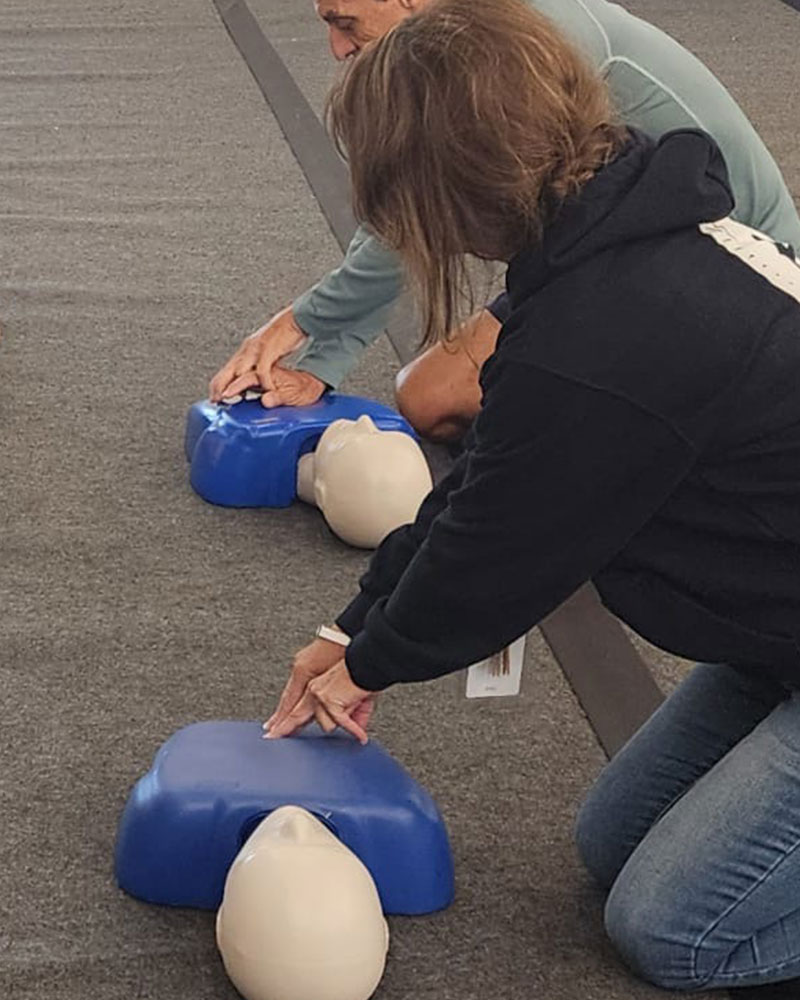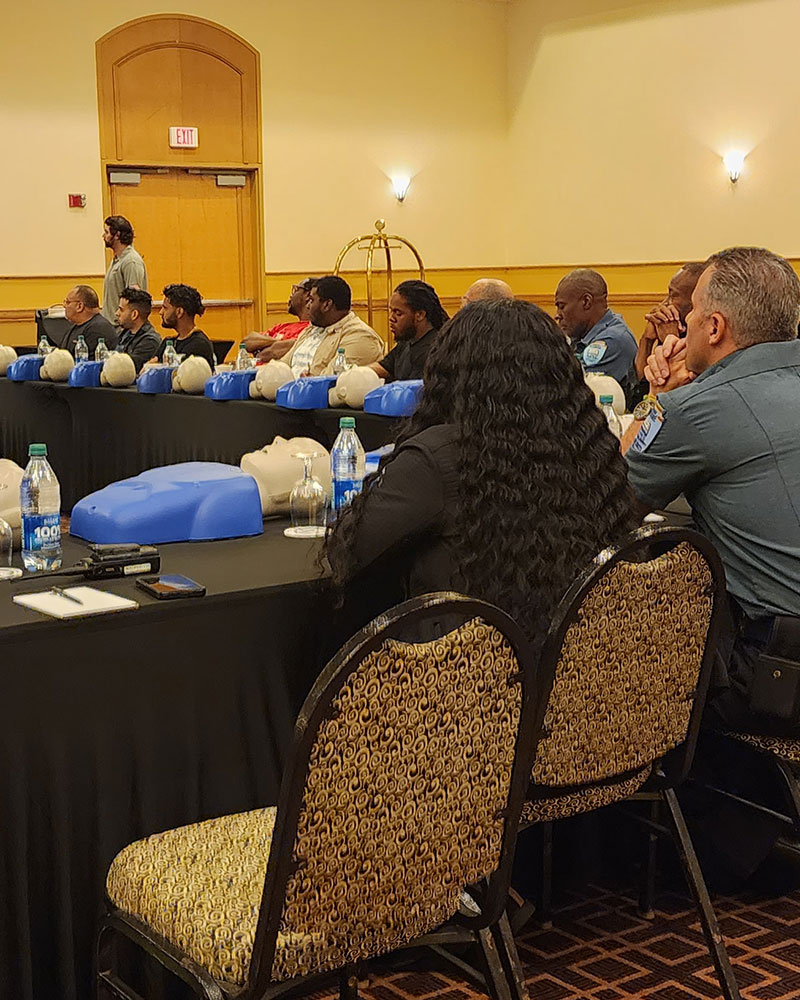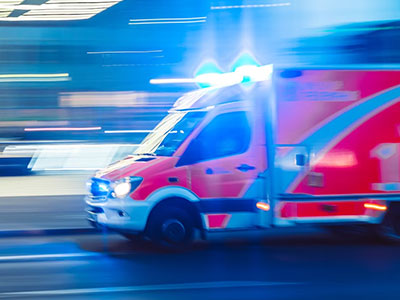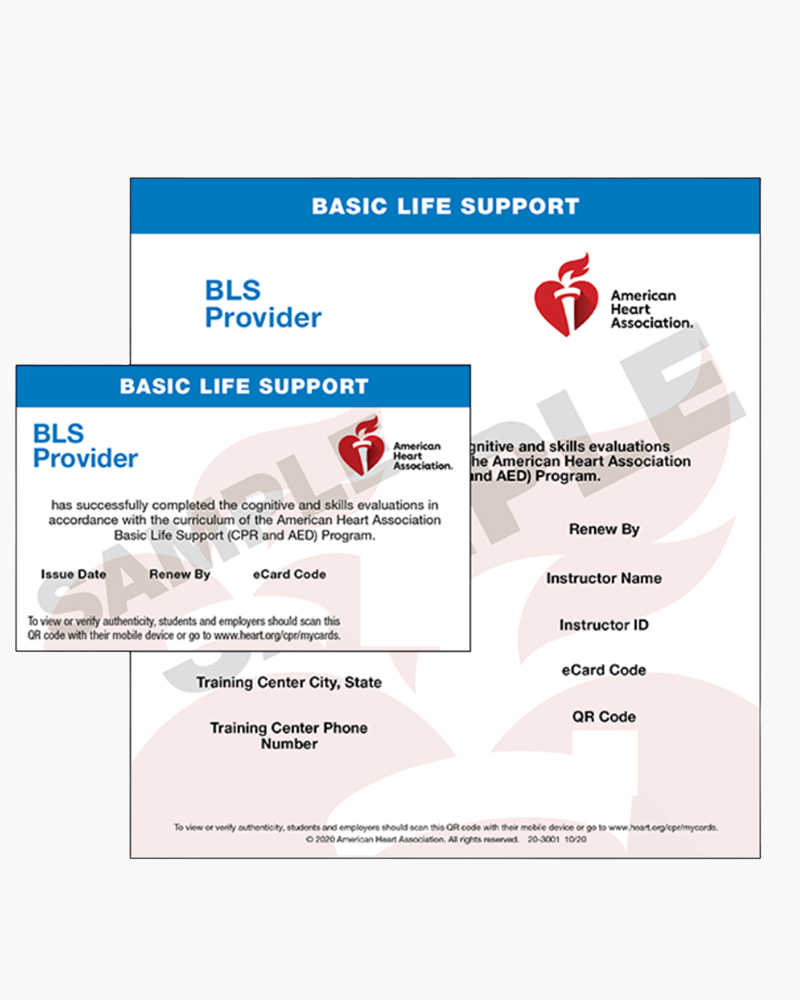

We live in a world where online training is more accessible than ever; while that’s opened the door for people to learn a whole world of skills, it also means there are certifications out there for some skills that are less than legitimate.
When it comes to life-saving skills like CPR (cardiopulmonary resuscitation) and First Aid, holding a legitimate certification is crucial. If you’re in a role where you are responsible for the health of others, you need to have a recognized certification that proves you have the skills to save lives.
Unfortunately, not all certifications are created equal. We want to ensure you can discern between the two, so you don’t waste your time and money on a fake certification. Read on to learn what you should look for in a legitimate certification, and the red flags of a fake one.
A fake certification may not look like you expect it to – it may look like it’s accepted by a range of regulatory bodies, schools, or organizations, not a straight-up scam (though they are out there, too). These certifications are fake because they aren’t legitimized by the regulatory bodies that matter. They may be “certified” by the provider you do them through, or an organization that certifies a large array of online courses.
When it comes to AED & CPR training certifications, there are a small number of regulatory bodies that matter: the American Heart Association (AHA), the American Red Cross, and the National Safety Council.
These organizations adhere to rigorous standards and frequently update their training protocols based on the latest scientific research. When you earn a certification from one of these bodies, you can be confident that you are well-prepared to handle a variety of emergency scenarios.

“Fake” certifications doesn’t necessarily mean that it’s a scam – there’s likely a course that does teach some real world first aid or CPR skills. The reason you need a legitimate certification, and not just any certificate, are:

If you want to get a job in a sector that requires first aid training, they will not accept a first aid or CPR certificate from just any course provider.

Many fake certifications do not, and cannot, prepare you for real-world emergencies. No online-only course is ever going to be able to teach you essential hands-on AED and CPR skills. When you take a quick online course to learn these skills, they leave you painfully unequipped for a real life-and-death situation.

Having a certification that’s not up to standard could leave you vulnerable to legal consequences. If you are in a position that requires an up-to-date certification from an approved regulatory body, and you don’t have one, you could face the consequences if something goes wrong.

Identifying a fake certification can be tricky. As we touched on above, they may beoffered by legitimate online course providers, or even in-person training providers, with real first-aid information within them. The number one thing you need to do is check the accrediting body.
Organizations like the AHA, American Red Cross, and National Safety Council are widely recognized and trusted. If you are unfamiliar with the accrediting body, do some research to verify its legitimacy. Are they a standard widely accepted by employers or organizations? If not, you know that the certification you’re looking at won’t help you.
Secondly, consider how the course delivers the training. Is it all online? When it comes to CPR certifications, there should always be an in-person portion of the course to give you essential hands-on training where a qualified instructor can show you how to do CPR correctly, and ensure you understand what giving successful CPR should feel like.
Finally, consider the cost. The good news is AED, CPR, and First Aid training
courses aren’t usually prohibitively expensive – but their cost should reflect the
amount of effort going into hosting the training and the work that has gone into
preparing the course and certification. There are a lot of online courses that are very low cost and will instantaneously deliver you a certificate at the click of a button – whether or not you’ve actually done the course. While cost certainly isn’t the only thing you should consi der when deciding if a course is legitimate, it should be something you are aware of. If it feels too good to be true, it probably is.

Your training provider should be local to you for the majority of certifications, so you can attend an in-person portion of the training. They should be an organization with highly-trained staff offering courses accredited by a regulatory body like those we talked about above. Any legitimate training provider will be listed as a licensed or authorized provider by one of these bodies.
At Miami First Aid, we are dedicated to providing high-quality, accredited CPR and First Aid training in the Miami area. Our courses are certified by the American Heart Association and the American Red Cross, ensuring that your certification is recognized and respected.
We offer a range of training options, including all in-person training, combined online and in-person training, and group training for organizations. Our experienced instructors have years of experience not only in training CPR but working in the field as paramedics, firefighters, nurses, and other first responders. Their experience ensures you get hands-on training that equips you with the real skills and confidence to act in an emergency.
Don’t risk your credibility or the safety of your community with a fake certification. Choose a training provider you can trust. To learn more about our courses or schedule your First Aid training in Miami, see our Class Schedule for our upcoming classes. With Miami First Aid, you can rest assured knowing that your certification is properly accredited and your training will prepare you for real life-and-death situations.
The American Heart Association Heartsaver for K-12 First Aid CPR AED is a classroom, video-based, instructor-led course that will teach students the critical skills needed to respond to and manage a first aid, choking, or sudden cardiac arrest emergency in the first few minutes of an emergency until medical services help (EMS) arrives. Students will learn skills such as how to treat bleeding, sprains, broken bones, shock, and other first aid emergencies. This course also teaches adult and child (1+) CPR and AED use.
The Heartsaver for K-12 Schools eCard may be provided by AHA Training Center Coordinators to K-12 school students, faculty, and staff who successfully complete an AHA Heartsaver First Aid CPR AED, Heartsaver CPR AED, or Heartsaver First Aid Course. “Faculty” refers to teachers and coaches; “staff” refers to an employee of a K-12 school or K-12 school system.
This will close in 0 seconds
The American Heart Association Heartsaver for K-12 First Aid CPR AED is a classroom, video-based, instructor-led course that will teach students the critical skills needed to respond to and manage a first aid, choking, or sudden cardiac arrest emergency in the first few minutes of an emergency until medical services help (EMS) arrives. Students will learn skills such as how to treat bleeding, sprains, broken bones, shock, and other first aid emergencies. This course also teaches adult and child (1+) CPR and AED use.
The Heartsaver for K-12 Schools eCard may be provided by AHA Training Center Coordinators to K-12 school students, faculty, and staff who successfully complete an AHA Heartsaver First Aid CPR AED, Heartsaver CPR AED, or Heartsaver First Aid Course. “Faculty” refers to teachers and coaches; “staff” refers to an employee of a K-12 school or K-12 school system.
** All courses offered thru regular traditional classroom type classes or blended Online and In-person
This will close in 0 seconds
The Heartsaver CPR AED course trains participants to give CPR and use an automated external defibrillator (AED) in a safe, timely, and effective manner. This program reflects science and education from the American Heart Association Guidelines Update for CPR and Emergency Cardiovascular Care (ECC).
The AHA Heartsaver CPR AED Course is designed for anyone with limited or no medical training who needs a course completion card in CPR and AED use to meet job, regulatory, or other requirements.
*Child and infant modules are optional.
** All courses offered thru regular traditional classroom type classes or blended Online and In-person
This will close in 0 seconds
The AHA’s Heartsaver First Aid CPR AED course trains participants to provide first aid, CPR, and use an automated external defibrillator (AED) in a safe, timely, and effective manner. This program reflects science and education from the American Heart Association Guidelines Update for CPR and Emergency Cardiovascular Care (ECC).
The AHA’s Heartsaver First Aid CPR AED Course is designed for anyone with little or no medical training who needs a course completion card for their job, regulatory (e.g., OSHA), or other requirements, or anyone who wants to be prepared for an emergency in any setting.
This will close in 0 seconds
The steps are simple – get started today!
The American Heart Association is always seeking professionals to conduct training in first aid, CPR, AED, and advanced cardiovascular care. If you are passionate about saving lives, motivated to facilitate learning, feel comfortable in group settings, and find it easy to make complex concepts understandable to others, you may be a perfect candidate.
Becoming an American Heart Association instructor is easy when you choose Miami First Aid to assist you with your training.
Contact us for additional information.
As a licensed Training Provider for the American Red Cross, your journey to a new career as a CPR/AED, First Aid Instructor starts now. We will guide you through every step of the way — from helping you achieve your goal of becoming an educator to supporting your entrepreneurial dreams of being your own boss. The experts at Miami First Aid have you covered.
This course will train instructor candidates to teach basic-level American Red Cross First Aid CPR and AED courses. In order to participate in this course you must:
Upon registration it is important that you review and follow the directions on the e-mail attachment sent with your registration confirmation. This is a blended learning course consisting of online content a skills session and classroom segments. Online material must be completed prior to attending the classroom activities. For more information please reference the attachment you will receive via e-mail when you register for this course.
This will close in 0 seconds
The AHA’s BLS course trains participants to promptly recognize several life-threatening emergencies, give high-quality chest compressions, deliver appropriate ventilations, and provide early use of an AED. This program reflects science and education from the American Heart Association Guidelines Update for CPR and Emergency Cardiovascular Care (ECC).
The AHA’s BLS Course is designed for healthcare professionals and other personnel who need to know how to perform CPR and other basic cardiovascular life support skills in a wide variety of in-facility and prehospital settings.
This will close in 0 seconds
For healthcare providers who respond to emergencies in infants and children and for personnel in emergency response, emergency medicine, intensive care, and critical care units.
The PALS Provider Course aims to improve outcomes for pediatric patients by preparing healthcare providers to effectively recognize and intervene in patients with respiratory emergencies, shock, and cardiopulmonary arrest by using high‐performance team dynamics and high‐quality individual skills.
The course includes a series of case scenario practices with simulations that reinforce important concepts. Upon successful completion of all the patient cases, students must pass the multiple-choice exam with a minimum score of 84%.
This will close in 0 seconds
The AHA’s ACLS course builds on the foundation of lifesaving BLS skills, emphasizing the importance of continuous, high-quality CPR. This program reflects science and education from the American Heart Association Guidelines Update for CPR and Emergency Cardiovascular Care (ECC).
For healthcare professionals who either direct or participate in the management of cardiopulmonary arrest or other cardiovascular emergencies, and for personnel in emergency response.
** All courses offered thru regular traditional classroom type classes or blended Online and In-person
This will close in 0 seconds